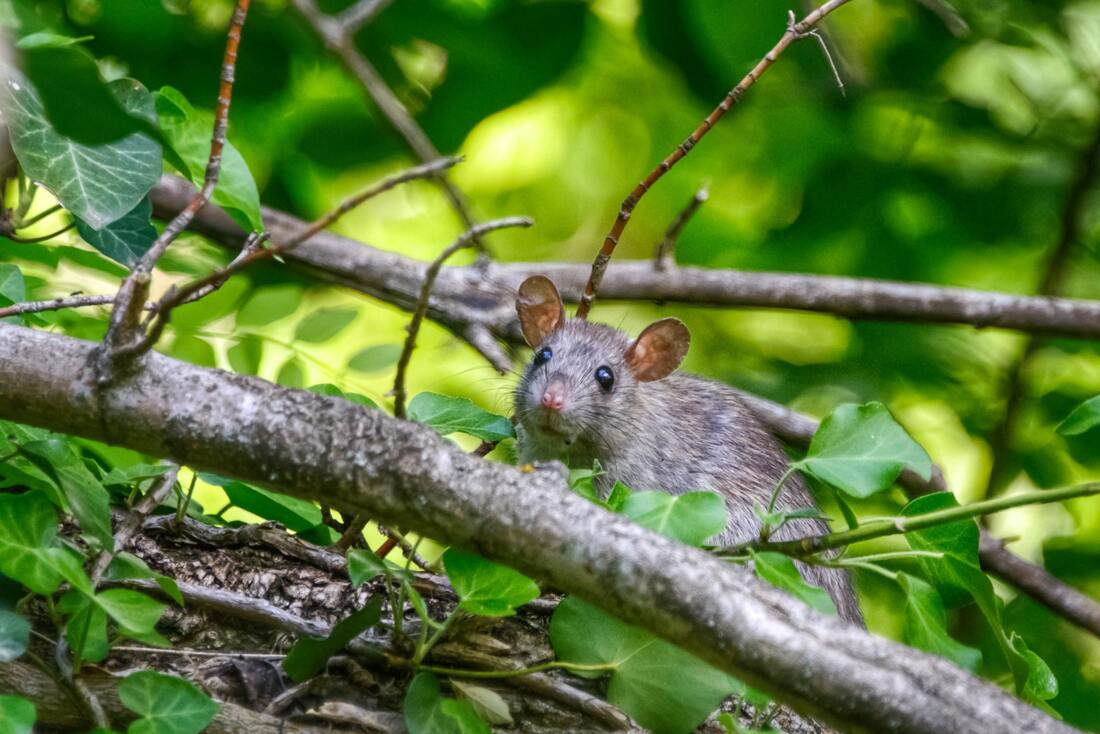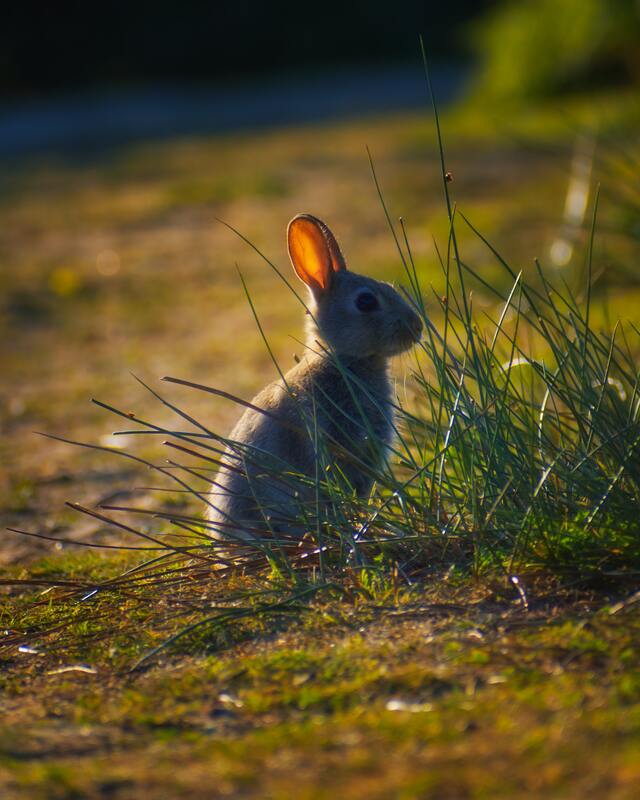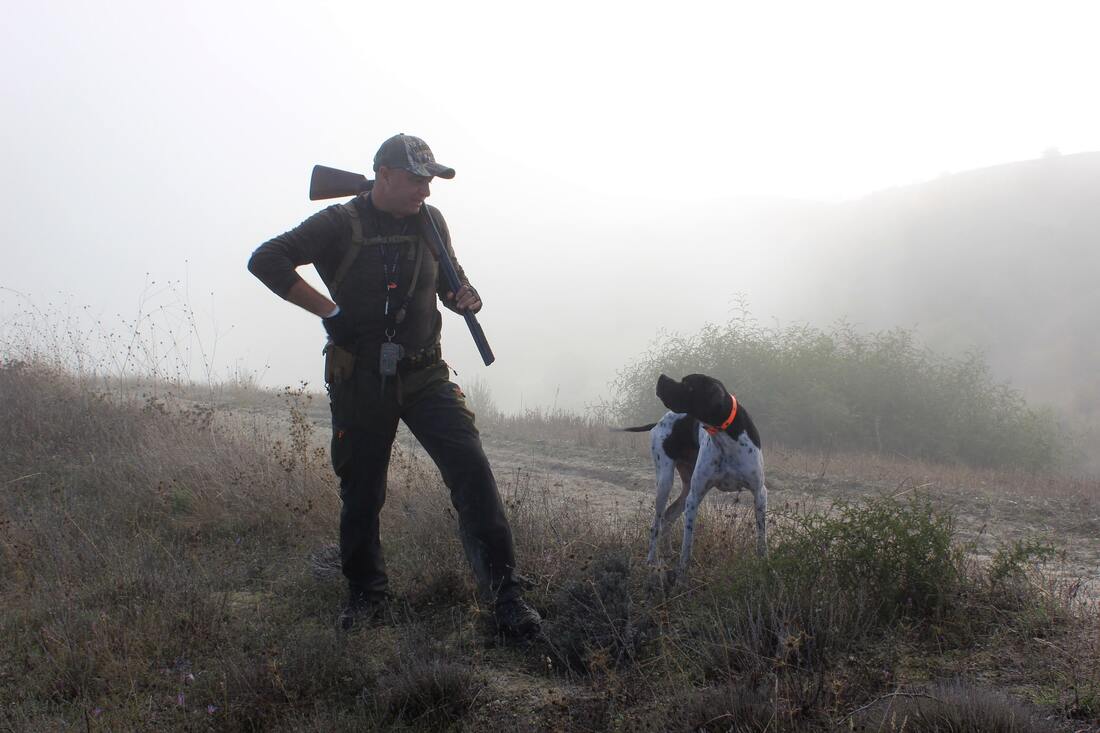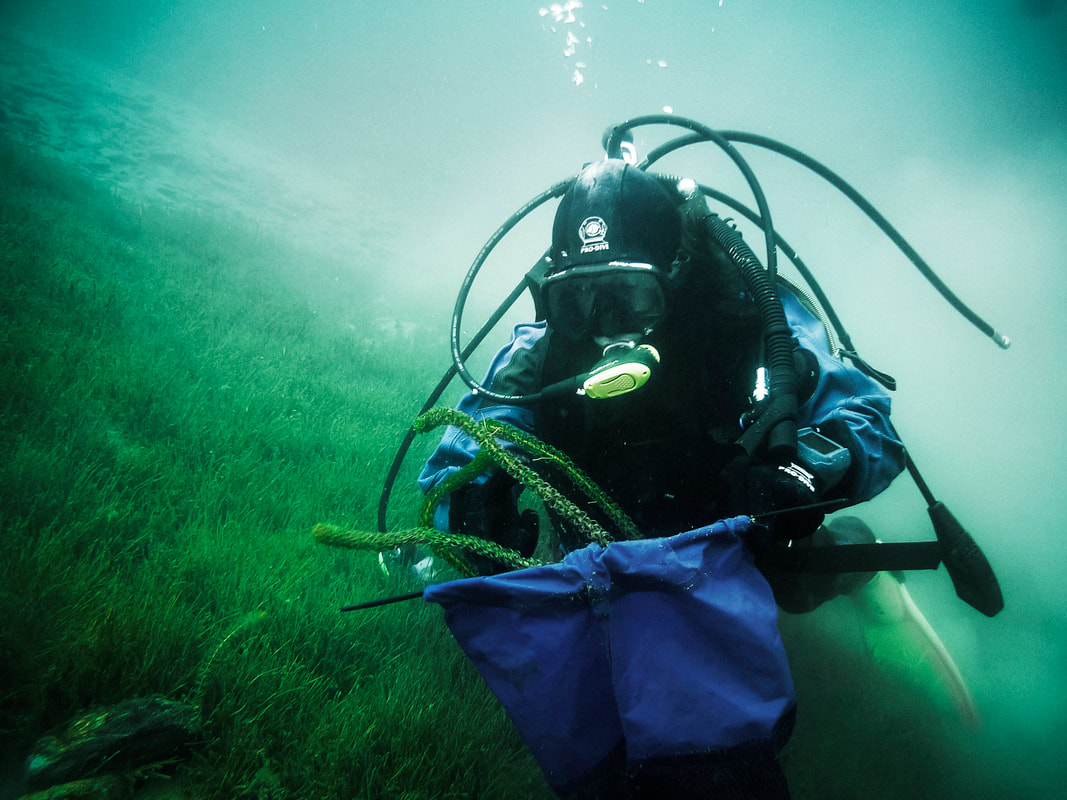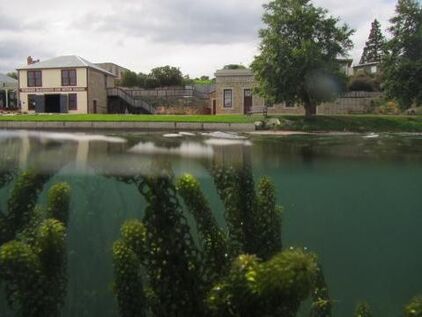Defining a pest
|
A pest is any animal or plant species that have the potential to cause significant national economic, environmental or cultural effects. There are 51 plants and animals found in Otago that are legally declared as pests under the Biosecurity Act 1993. All have been introduced to New Zealand since humans first arrived over 750 years ago.
Maoris were the first to arrive and brought Kurī (dogs) and Kiore (Pacific rats). Once Europeans arrived, they brought a whole array of plant and animal species with them; both on purpose and by accident. Some animals arrived as stowaways on ships (e.g. rats and mice) whilst others were introduced for trade and sport (e.g. rabbits, deer and possums). Plants considered pests include Lagarosiphon major, hornwort, broom and old man’s beard. |
Types of pests
|
www.rnz.co.nz/programmes/fight-for-the-wildOtago is one of the most biodiverse regions, covering 12% of the country. Home to many endemic species and complex ecosystems, Otago's biodiversity is important to our economy, culture, health and mental well-being.
Agriculture is Otago’s major source of revenue, making $214 million in 2020 (5% of NZs Agricultural GDP). Pest plants like the Ragwort impact production value and pest animals like possums can spread diseases such as bovine tuberculosis. Over 5% of Otago’s GDP is made through tourism and this relies on picturesque landscapes for the numerous hiking, cycling and water activities in the region. Originally introduced for food and sport, rabbits soon spread out of control and are now the most devastating pest in the region. The large appetites of rabbits and their burrowing habits have caused extensive damage to pastoral land and grassland ecosystems. Soil has been stripped of organic matter, irrigation properties and burrow collapse can injure pets and people. Pest species also occur in our waterways. Lagarosiphon major threatens native flora and fauna species by out-competing and suffocating our waters. Large weed beds decrease water flow and light penetration altering pH and oxygen levels in the water. These new conditions are uninhabitable by native species causing population decline and local extinction. Lagarosiphon lacks natural predators and disease meaning they have been very successful at spreading and overwhelming waterways in NZ. Watch Fight for the Wild, by Radio New Zealand |
Responsibilities
|
The Otago Regional Council (ORC) is responsible for providing leadership to manage biosecurity issues and pest management strategies under the BioSecurity Act 1993. The ORC is involved in a variety of control programmes, such as wilding conifer and didymo control, and shares responsibility with many stakeholders, agencies and individuals.
The Ministry for Primary Industries (MPI) is the Government department that leads New Zealand’s biosecurity system. MPI administers the Biosecurity Act and undertakes surveillance of pests and diseases to prevent the introduction of new species. Land Information New Zealand (LINZ) manages 8% of NZ’s land area under The Crown. They own over 5,000 properties across New Zealand, totalling almost two million hectares. LINZ is responsible for biosecurity on land they manage and collaborate with other parties to combat pest species. |
Options to manage the pests
|
Management is dependent on the species' individual behavioural and ecological characteristics as well as their impact on the environment. In the case of rabbits, regular and assertive methods are needed. Poisoning is very cost-effective and has been found to reduce populations by 95%. Lake Dunstan's shoreline is a public space where laying poison poses a risk to the safety of people, pets and wildlife if poorly managed.
Shooting and fumigating burrows can help maintain and prevent re-infestation. Fumigating burrows is very effective on young rabbits not yet independent. Night shooting must be used alongside other methods and is best on light populations. Shooting in recreation and residential areas is not currently allowed due to the risk to the public and domestic animals. Once rabbits are cleared from an area, rabbit-proof fencing can be used to prevent repopulation. Although rabbits can burrow under or bite through the fence, is a very effective method when done correctly. Fences around vulnerable areas will protect saplings from damage and allow ecosystems to re-establish. Protective shields around individual plants reduce damage to bark and leaves. Lagarosiphon is an incredibly difficult pest to remove from water bodies like Lake Dunstan. Various methods are used to control the growth of weed beds, each dependent on the characteristics of each location. Hand cutting, mechanical harvesting and herbicides are some of the methods used to control the weed but will not eradicate it completely. Eradication is time-consuming, labour-intensive and costly with the need for wide-scale planning to ensure success. |
What has been done
|
The Biosecurity Team Leader for the ORC, Richard Lord, has recently admitted the council has not done enough to manage the problem of rabbits. He agreed they have not been forceful enough with landowners in the region but also explained the reason was a lack of resources. In 2019, the ORC created a Biosecurity Strategy to set out the priorities for managing pest species. This was created to outline priorities, projects and activities for the next five years to combat pests.
In 2016 LINZ created the Lake Dunstan Weed Management Committee to implement a 10 year plan to control Lagarosiphon in Lake Dunstan. Local governing bodies, stakeholders and trusts are on the committee including LDCT. The committee works together to create annual plans for weed management that take all aspects of the lake and community into account. |
What will be done
|
The ORC’s Biosecurity Strategy Plan is focused on pressuring landowners to take more responsibility and improve pest control on their land. Pressure on landowners is needed as current management has not significantly reduced pests or their impact on the local environment. The ORC will also review its Biosecurity Strategy every 10 years by the Biosecurity act.
The National Institute for Water and Atmospheric Research (NIWA) is currently working with LINZ to research other possible solutions for Lagarosiphon. Such future methods could be biological control (animals who will eat the weeds), the use of different herbicides (e.g. endothall) and monitoring technologies to better map the lake bed. |
Kids activity sheet
Fun activity sheets for kids to identify pest species along Lake Dunstan.
How many of each can they find?
How many of each can they find?
| ||||||||
References
[1]ORC: Biosecurity Strategy Plan (2019). To view Click here
[2]ORC: Otago Pest Management Plan 2019-2029 (2019). To view Click here
[3] Central Otago District Annual Economic Profile 2020. To view Click here
[4]Bionet.NZ (2012) A5 - Pest Rabbits: Monitoring and Control Good Practice Guidelines. To view Click here
[5] NIWA: Spraying as a solution (2015). To view Click here
[6] NIWA (2016) Ten Year Management Plan for Lagarosiphon at Lake Dunstan: 2016 to 2025. To view Click here
[7] NIWA (NO DATE) Diquat Summary - Use & Safety. To view Click here
[8] ORC: Rabbit Control in Otago: Rules and Methods. To view Click here
[9] J, Herron (2021) Rabbits: A Million Holes in One . To view Click here
[10] NIWA (2015) Spraying as a solution. To view Click here
Images: Unsplash; NIWA; LINZ; NIWA
[1]ORC: Biosecurity Strategy Plan (2019). To view Click here
[2]ORC: Otago Pest Management Plan 2019-2029 (2019). To view Click here
[3] Central Otago District Annual Economic Profile 2020. To view Click here
[4]Bionet.NZ (2012) A5 - Pest Rabbits: Monitoring and Control Good Practice Guidelines. To view Click here
[5] NIWA: Spraying as a solution (2015). To view Click here
[6] NIWA (2016) Ten Year Management Plan for Lagarosiphon at Lake Dunstan: 2016 to 2025. To view Click here
[7] NIWA (NO DATE) Diquat Summary - Use & Safety. To view Click here
[8] ORC: Rabbit Control in Otago: Rules and Methods. To view Click here
[9] J, Herron (2021) Rabbits: A Million Holes in One . To view Click here
[10] NIWA (2015) Spraying as a solution. To view Click here
Images: Unsplash; NIWA; LINZ; NIWA

